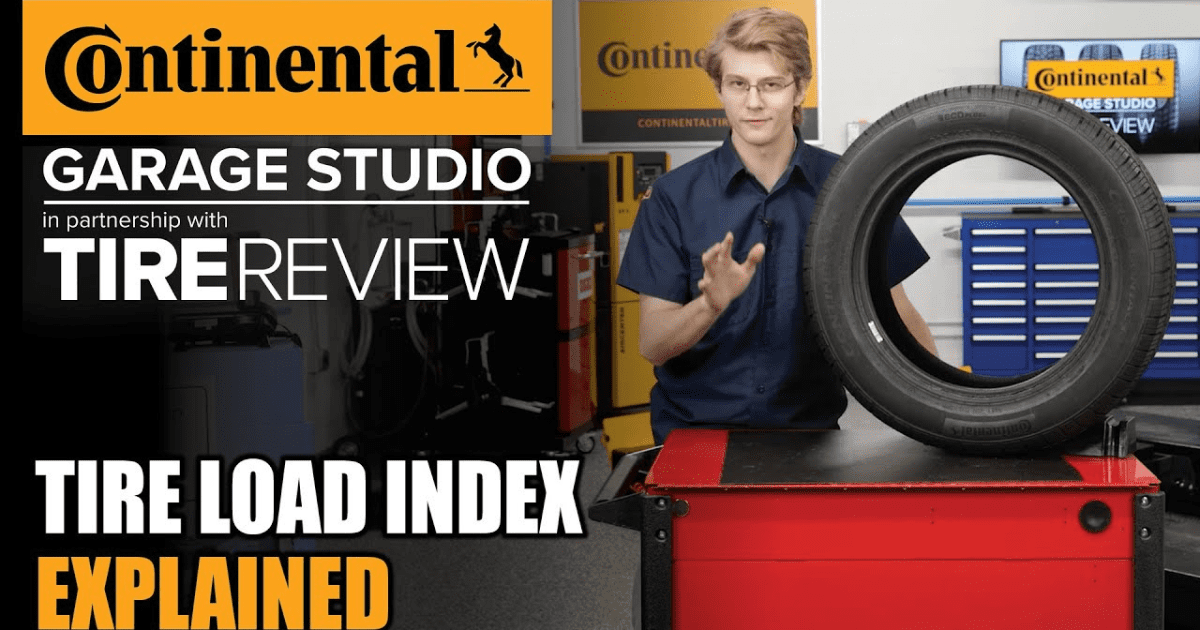The tire load index is a crucial aspect to consider when buying new tires for your vehicle. It indicates the maximum weight a tire can carry when properly inflated. In this article, we will discuss the tire load index, its significance, and how to use the tire load rating chart for a safe and informed purchase.
What is the Tire Load Index?
The tire load index is a number that represents the maximum weight a tire can support when inflated to its recommended pressure. It is usually found on the sidewall of the tire, along with other important information such as the tire’s size, speed rating, and construction type. The load index is given in both kilograms and pounds.
Why is the Tire Load Index Important?
The tire load index is crucial to ensure the safety and performance of your vehicle. A tire with an insufficient load index for your car’s weight can result in premature wear, poor handling, and even tire failure. Overloading a tire can also lead to blowouts, which can be dangerous and cause accidents.
Using the Tire Load Index Chart:
To determine the maximum weight your tires can carry, you can use the tire load index chart. This chart provides the corresponding weight for each load index number. For example, a tire with a load index of 91 can carry up to 1,356 pounds. To find the total weight capacity of your vehicle’s tires, multiply the load capacity of one tire by four (assuming you have four tires).
Frequently Asked Questions:
- Is a higher load index better?
Yes, a tire with a higher load index can carry more weight than a tire with a lower load index. It is recommended to replace your tires with ones that have the same or higher load index as your original equipment tires.
- Does the tire load index affect ride quality?
Yes, the tire load index can affect the performance of your ride, especially if you use your vehicle for towing or hauling heavy loads. Proper inflation is essential to ensure that the tire load rating is accurate.
- What’s better, load range D or E?
Load range E tires have a higher carrying capacity than load range D tires when inflated to their maximum pressure. However, larger D tires may have the same or more load capacity compared to smaller E tires.
- How much weight can an E-rated tire carry?
An E-load range tire has a minimum load capacity of 3,000 pounds. If your truck has six wheels, it can comfortably tow 18,000 pounds with E-rated tires.
- Why do tires have two load ratings?
Tires for light trucks often have dual load index ratings because they are used on vehicles with two rear wheels. The carrying capacity of two tires is less than that of a single tire to ensure that the truck can still safely carry the load if one of the tires fails.




